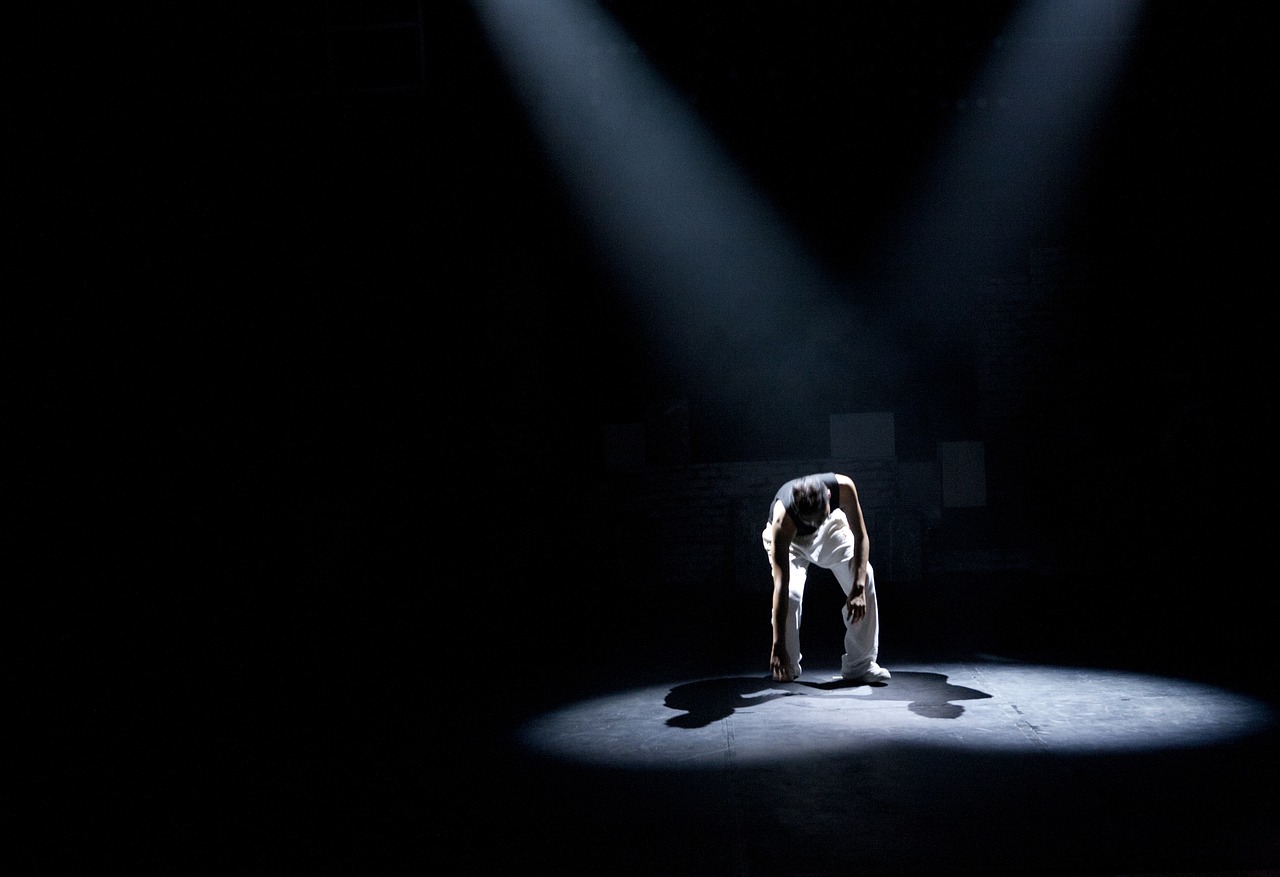If you’re writing a thriller, your opening statement is crucial. It’s the first thing your audience will see, and it needs to be strong enough to hook them in and make them want to read more.
This blog post will discuss tips and steps to write an opening statement that will leave your readers eager for more. We’ll also give some examples of how other authors have done it.
What is an opening statement for a thriller, and why is it important?
Writing an opening statement for a thriller novel is like setting the stage for your story. It’s where you get to introduce the main character, conflict, and stakes in one juicy and impactful sentence. A grand opening statement can draw readers in and excite their curiosity.
Here are some key elements you should pay attention to
Introduce your character: Your character should be relatable with background information that intrigues people enough to want to learn more about them. Try introducing your character by describing actions or dialogue that gives us an idea of who they are without revealing too much about the story itself (this will come later).
Set up the conflict: Introducing your protagonist means introducing their opponent or antagonist. This immediately creates tension which keeps readers hooked as they learn what happens next between them throughout their journey in the book.
Reveal stakes: Make sure these stakes are high enough for the reader to take notice – will our hero succeed? What’s at stake if they fail? These questions should pique people’s interest by making them wonder what obstacles await our hero down this thrilling path they’re embarking on together!
What else to include in an opening statement for a thriller?

Focus on creating an atmosphere of suspense and mystery. Describe the setting and hint at the plot or conflict. Avoid revealing too much information, as that can detract from the story’s intrigue.
Here’s an example of how you could introduce both protagonist and antagonist at the start of your story
“Izabel smiled softly as she watched from her hiding spot behind the bank’s dumpster. She’d been watching for hours now and hadn’t seen him yet. But he was coming—she knew it. And when he did arrive, she knew she was his intended target. He was why she felt uneasy in the darkness night after night.”
This brief introduction immediately sets up an element of intrigue by introducing someone who appears to be menacing but has yet to show themselves. It also lets readers get acquainted with Izabel; we know how frightened and powerless she feels against this unseen monster lurking around town – her fear creating even more suspense among us as we continue into this thrilling story!
Some examples of great opening lines of books

All these lines are iconic and launch readers into thrilling stories full of mystery and intrigue:
– “Something is wrong.” —Bronwen Wallace, Back Pain
– One of the most famous opening lines in any thriller is from Alfred Hitchcock’s classic, Psycho: “A boy’s best friend is his mother.” This instantly sets up a dark and mysterious atmosphere – emphasizing the strange relationship between Norman Bates and his domineering mother, which would become the movie’s focus.
– Another all-time favorite is from the classic novel The Girl with the Dragon Tattoo by Stieg Larsson: “She was not a girl accustomed to being scared.” It’s so powerful and evocative; you can almost feel Lisbeth Salander’s strength and determination as she faces whatever menace awaits her.
– And then there’s James M. Cain’s 1941 novel The Postman Always Rings Twice with its unforgettable beginning line: “They threw me off the hay truck about noon.” This statement feels like a damning admission of guilt – we can’t help but wonder what our protagonist has done wrong.
– Another famous opening line is in Michael Crichton’s Jurassic Park –” From now on, they would be here forever like stolen goods.”
– Another memorable opening line is in George Orwell’s dystopian novel 1984. He writes: “It was a bright cold day in April, and the clocks were striking thirteen,” immediately painting an atmosphere that’s both familiar yet eerie. This sentence alone has come to represent much more than just its words – now an iconic symbol for totalitarianism and oppressive control.
How to write an opening statement that will engage your audience and make them want to read more
Start with short sentences that create suspense and mystery; these will set the tone for the rest of your story and encourage readers to keep reading. For example: “The darkness echoed all around as I stepped into my friend’s apartment building – I was searching for answers…but I found destruction.”
This sets up immediate tension, suggesting something dire has happened before the protagonist even enters his friend’s apartment building – immediately leading readers into the heart of your story.
Finally, use concrete language whenever possible. Instead of saying “a lot,” for example, try using a specific number. Instead of stating something is “very important,” explain how it directly affects the reader’s life. For example, “It’s crucial! Your life depends on it.” These simple changes will give your writing a more professional, authoritative tone.
Tips from the pros for writing an opening statement for a thriller
Start with a bang: Open your story with an exciting event that immediately grabs the reader’s attention and introduces the main characters.
Make it personal: An effective opening statement should include one or more characters and hint at their personalities, backgrounds, and motivations. Showing readers how they are connected to the story will make them more invested in the outcome.
Set the stage: Introduce readers to the setting and provide details about the world your characters inhabit. This will help create a vivid image of the environment they’ll find themselves in and make it easier for readers to imagine what’s happening.
Build suspense: Use the opening statement to create questions or conflicts that keep readers hooked. Let them know what’s at stake and make sure they understand why it matters.
Keep it concise: You don’t want to give away too much initially, but you also don’t want to leave your readers confused or bored. Strike a balance between intrigue and information to ensure that readers are invested in the story.
How can a compelling and riveting introduction condition readers for what’s to come?

An opening statement is essential when introducing a story’s antagonist because it helps readers to understand who this character is and why they are essential to the plot.
Let’s look at an example from George R.R. Martin’s book, A Game of Thrones: “Tyrion Lannister was not much like his brother Jaime; dwarf – like as opposed to tall and handsome; with mismatched eyes of green and black rather than all golden.”
This simple yet detailed sentence describes Tyrion in terms of appearance that contrast him directly against his sibling, allowing the audience to see how he has navigated a world that ignores or misinterprets him because of his physical differences. By doing this, Martin provides insight into Tyrion’s character arc before the reader even begins reading—providing expectations while also challenging them.
Techniques to avoid clichés and pitfalls that can kill the momentum of your story
Clichés and pitfalls are part of the writing process, but they can be avoided. Here are some tips to help you steer clear of them:
– Think before you write: Clichés often come when we write without giving much thought or effort into what we’re putting down on paper. Put yourself in the reader’s shoes, and think through what you want to convey before diving right in.
– Practice diversity: Instead of repeatedly using exact words, challenge yourself to expand your vocabulary by looking up synonyms for various words or phrases that come up as you write. This will make your writing more enjoyable and less prone to clichés and pitfalls!
– Get creative with descriptions: When describing a particular concept or thing, try being creative instead of relying on typical descriptors that everyone else already uses; it makes for more stimulating reading! For example, instead of calling someone “friendly,” you could consider saying “as inviting as a warm summer night.”
– Read critically: Take time to review books/articles/blogs written by others while keeping an eye out for typical clichés throughout their work—this will help stick out which ones tend to appear most frequently so that when you find yourself drawn towards one when drafting something similar; you’ll remember not to use it in order not stand out from the crowd!
Consider practicing writing an entire opening statement for your thriller; experiment with different beginnings to get the best opening statement. Those beginnings could be your statement line, a suspenseful scene, an argument, a question, or a scary setting.
It might help to start by making an opening statement outline and to study other thrillers for opening statement examples. That way, you will have all the evidence to decide on your best possible opening statement. Share the joy!
Powerful language will draw readers in and make them want to find out more
Your opening statement should stand out from the rest. It should hint at something different and make readers think, “I want to know what happens next.” Try using an unexpected twist, a metaphor or analogy, a powerful quote, or an intriguing question to grab the reader’s attention.
A good opening statement should be short and concise, so readers don’t lose focus or interest. Adding some detail and description is okay, but make sure to get straight to the point quickly. Long-winded intro paragraphs can be confusing and overwhelming for readers.
Conclusion
An effective opening statement for a thriller must be thrilling, engaging, and mysterious. It must set the scene and provide enough tease to prompt readers to keep reading. To accomplish this, a writer should paint a vivid picture of the setting, masterfully introduce meaningful characters, create suspense with foreshadowing and surprises, and give readers an immediate taste of the stakes involved.
With practice and dedication, any ambitious writer can develop their skills to craft effective opening statements that pique curiosity and ensure their audience eagerly anticipates future installments.
Thank you for reading this! May you find success and joy in all you create.
If you’re working on your first novel and are looking for more help with your writing, please check out my other articles at https://ullahakanson.com/blog/
All the best,
Ulla

